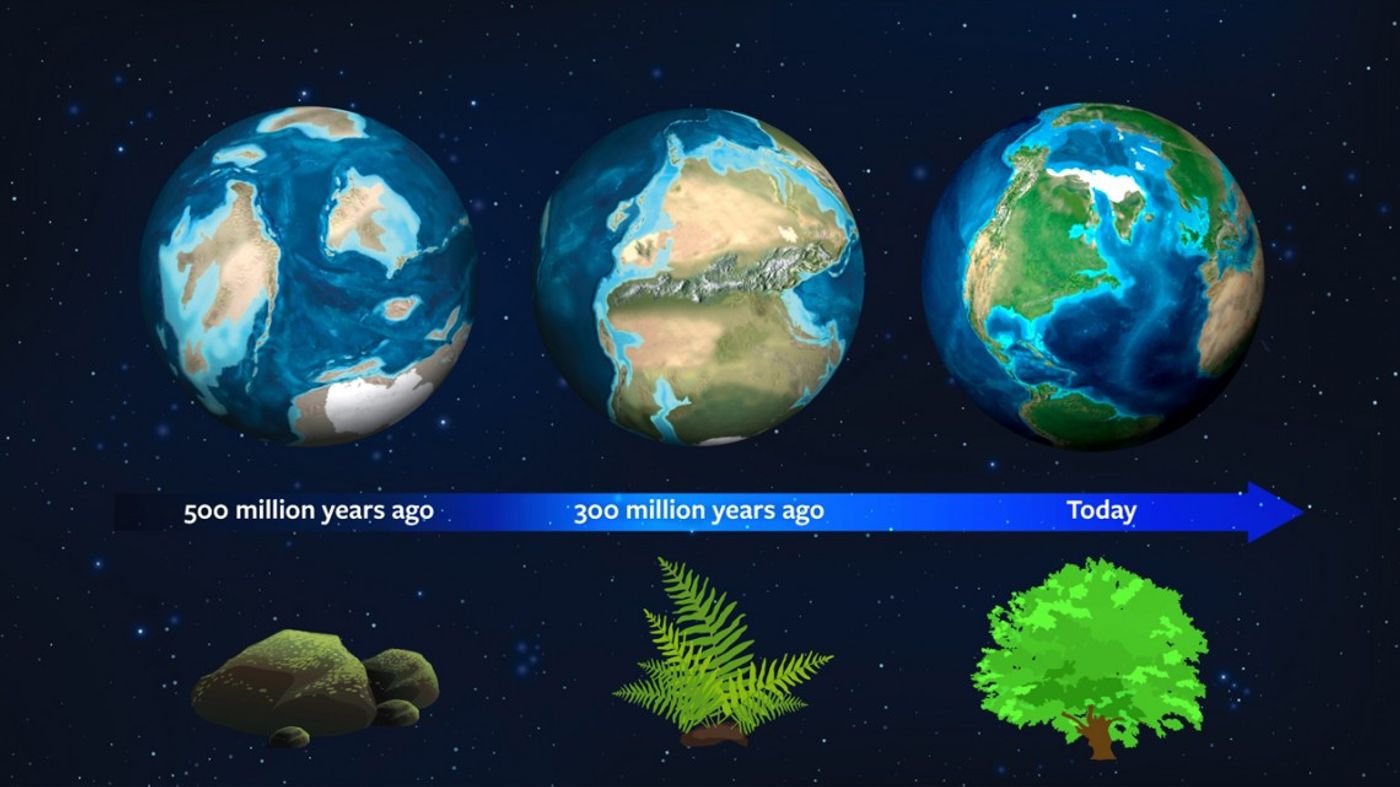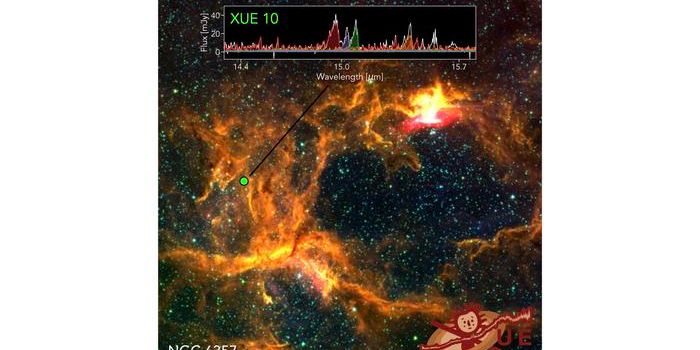Earth's History May Hold Clues About Where to Look for Otherworldly Vegetation
Astronomers restlessly search for distant exoplanets, not only because they can teach us more about the planet we live on, but also because they may contain traces of extraterrestrial life. But extraterrestrial life likely comes in more forms than just little green men – it may even come by way of otherworldly plants.
But how would we know if an exoplanet encompassed extraterrestrial plants? It obviously wouldn’t be easy, especially since modern space telescopes aren’t powerful enough to discern physical features of distant exoplanets. But that hasn’t stopped Cornell University researchers from digging deeper. Their findings appear this week in the journal Astrobiology.
Image Credit: Jack O'Malley-James/Wendy Kenigsberg/Brand Communications
In an attempt to learn more about the types of things that might tip astronomers off to potential extraterrestrial plant life on distant exoplanets, the researchers explored Earth’s distant past to discern the unique characteristics of our planet as vegetation evolved throughout the last 500 million years.
Throughout this span of time, Earth’s surface transformed substantially in ways that would have been immediately discernable from outer space. As simple mosses evolved into more complex shrubs and trees, the amount of green cover across Earth’s landmasses would have exploded exponentially. That said, could similar conditions occur on an exoplanet?
"We use Earth's history as a key for finding life in the universe," explained study co-author Lisa Kaltenegger of Cornell University. "Our work shows that as plants evolved on Earth, the vegetation signal that reveals their presence became stronger, making older exoplanets really interesting places to look for vegetation."
Related: Exoplanet habitability may be directly impacted by the UV emission of the world's host star
The study also suggests that an exoplanet’s climate or weather could influence extraterrestrial plant life there. For example, arid and dry exoplanets may be a haven for desert-like cactus plants, while hot and moist exoplanets could play host to dense, jungle-like forests.
Of course, validating these theories is nothing short of a challenge. Modern telescopes aren’t powerful enough to distinguish specific details of distant exoplanets, including but not limited to the presence of vegetation. At best, we can discern atmospheric elements and temperature, but there’s a lot of guesswork after that.
Fortunately, delving into Earth’s history can provide us with a better idea of the biosignatures we need to look out for, and that’s why the researchers used Earth as a template.
"Looking at how life altered Earth's biosignatures over time helps us to figure out which planets are most likely to show the strongest signs of life, ultimately giving us the best chances of successfully pinpointing life, if it is there," Kaltenegger concluded.
Related: TESS begins searching for exoplanets
It should be interesting to see how the findings impact future exoplanet research and whether we’ll find extraterrestrial plant life in the future.
Source: Cornell University Astrobiology









